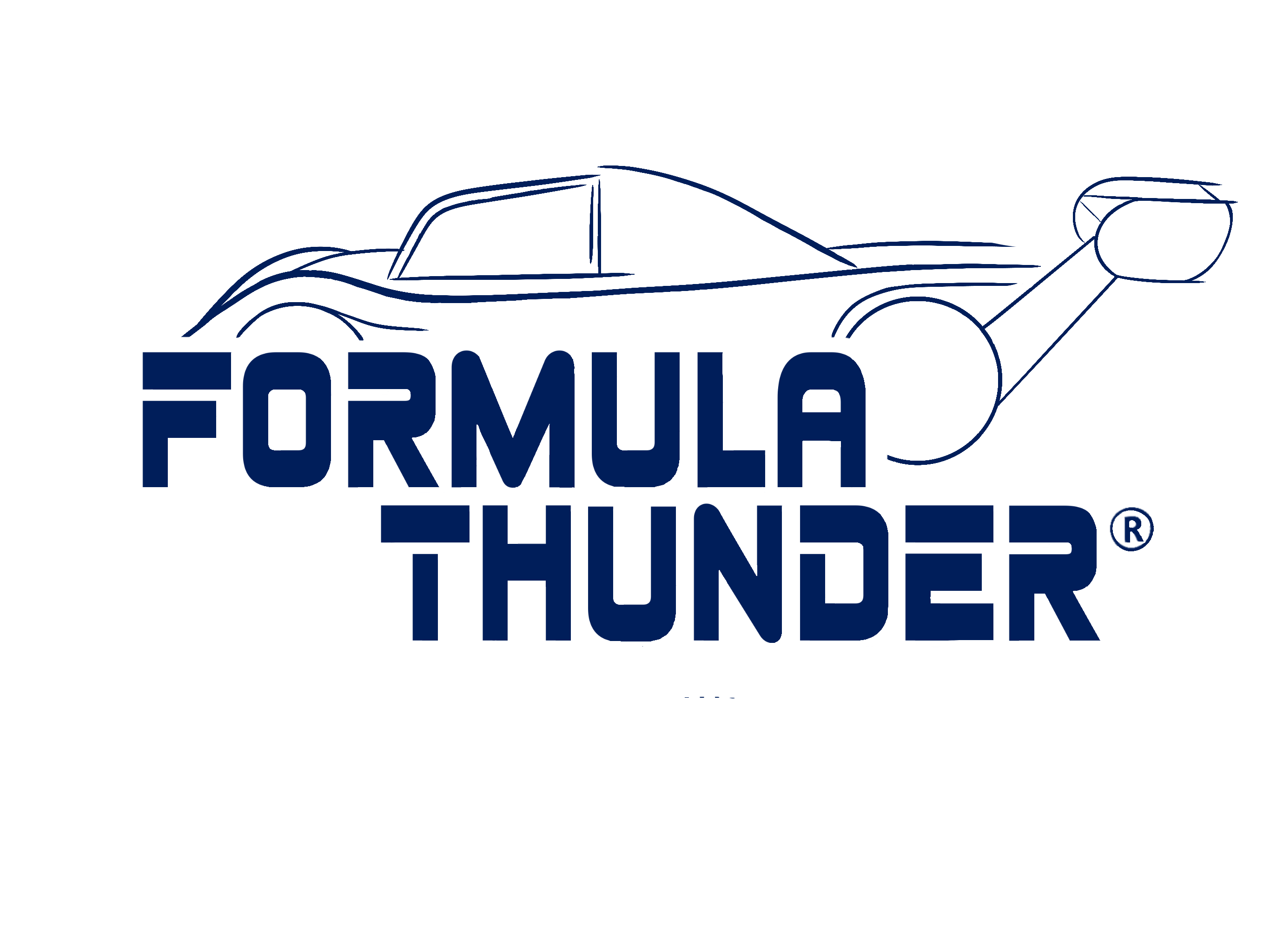Where the Dream Began
A personal account by Formula Thunder® founder David Vande Berg about his racing history
“As a kid, I spectated snowmobile, super modified, and sprint car races across the Midwest; followed Can-Am and Formula 1 racing, and participated in snowmobile racing with my dad starting at age eleven.
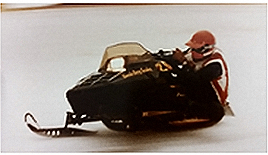
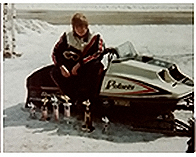
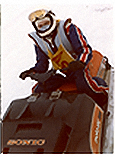
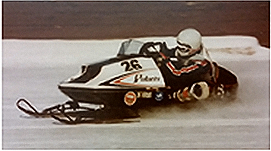
I witnessed many fatalities and tragedies, being deeply affected at a very young age. As I matured, eventually going to school for mechanical design and engineering, I followed the careers of guys like Gilles Villeneuve, Danny Sullivan, Al Holbert, and Al Unser Jr. In 1982, I got to see the pinnacle of single-seat Can-Am championship competition as well as the Formula 1 Caesar’s Palace Grand Prix in Las Vegas. Two of my engineering school buddies and I started to design a Can-Am racer. By the next summer, the three of us headed to Road America but witnessed a shell of a series that was being abandoned by most of the top teams (who left for CART). My buddies dropped out.
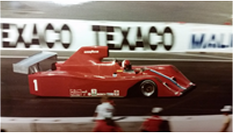
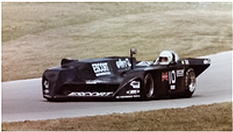
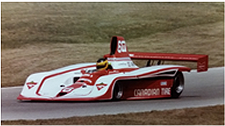
A year later at the Brainerd Can-Am race, the switch to CART was even more prevalent with only one really fast Can-Am car left. My development died with the series. I wondered, why did Can-Am have to die again so quickly? But dismissed the question and started following CART like everyone else. Looking back, I wondered, was this the point road racing fell off the “unobtanium expense cliff”? Meanwhile, I worked hard to get an engineering job with a CART team, passing up awesome offers from guys like Bob Leizinger to build an IMSA GTU car from scratch. But alas, during this time my parents’ business was in trouble due to poor economic times in the Midwest. So my racing aspirations were put on hold. After five to six years of business recuperation, during which time I also developed an interest in sport aviation and experimental aircraft construction (this would later become a key element in Formula Thunder® development), I began to prepare and race Improved Touring (ITS) cars. During my fourth and fifth seasons, I won 21 out of 23 starts, including the American Road Race of Champions (equivalent to regional runoffs) ITS class in 1996 in a Datsun 240z thanks to the engine power and setup advice from Jeff Winter at Rally Sport in Denver Colorado.”
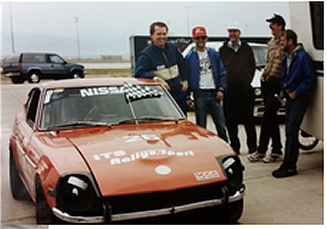
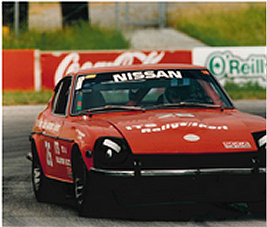
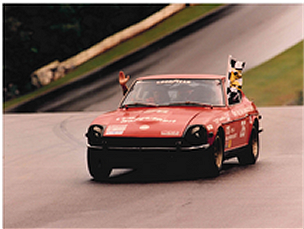
In my mind, my next step was a brief stop in club-level Formula Atlantic before breaking into my CART dreams and auto racing to stardom. I purchased a nine-year-old aluminum tub 1988 Ralt RT4 with a worn-out Cosworth and raced it against new carbon fiber “unobtanium” Ralt RT40 and RT42 Toyotas. Two engine blowups in the first season, a rash of crazy crashing by competitors, and being a tail-ender soon convinced me I had to make some serious changes or give up on my CART driving stardom aspirations.
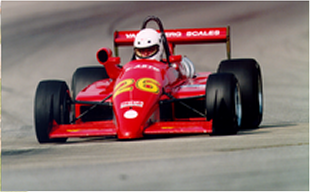
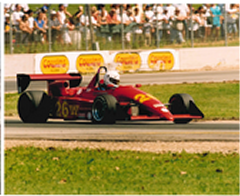

Since I was low on cash and the club was promoting Mazda rotaries as a lower-cost option for Formula Atlantic, I opted for this route, getting in touch with the legendary rotary engine builder Darrel Drummond at the 1997 Runoffs. My engineering analysis of the car showed too much flexing in the tub and not enough cooling for the rotary. My physical build is wide in the shoulders and a physically big head. Formula Atlantic rules required a forward roll hoop bracing that on my Ralt RT4, crossed over each shoulder in line with my neck due to the relatively narrow main roll-over hoop of the Ralt’s design. I viewed this design as extremely dangerous in the event of a side impact. Becoming aware of previous misfortunes of Formula Atlantic competitor Scott Liebler and all the crazy crashing that I witnessed in the 1997 club season, I was missing my Datsun 240z’s full sedan roll cage. Knowing my venerable old RT4 needed to be stiffened and wanting better safety, I removed the main hoop and the rear engine and transaxle support structure from the tub. I designed a 6-point roll cage and discarded the side pods, small coolers, and small mufflers.
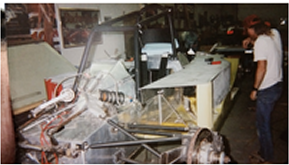

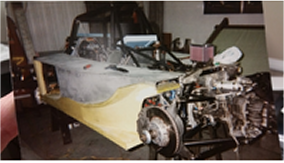
Six months later I had a fairly reliable, quick, stable car that produced a ton of down-force. The look of the car was quite different and unique with a full roll cage similar to a sprint or super modified car. I thought my creation looked quite good and certainly never imagined any potential negativity to an increased margin of safety. Little did I know, I was desecrating the sanctity of the Formula car “gods” in the process of doing my redesign. I was applauded by some and hated by others within club racing. In the years to come, I dominated the runoffs championship television Speed Channel coverage with a combination of unique car looks, and hard driving of old equipment. The press appreciated what I had accomplished while many competitors and others within the club hated that I was still able to keep pace. I was regionally competitive and won often but never at the June Sprints (2nd twice and 4th once) or the National Championship Runoffs (6th) when I dueled with the best in the nation.

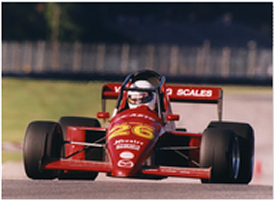

My car was competitive but not a car capable of winning the big races. I was financially spent and began to soul search. My CART dreams, by 2002, had all but evaporated thanks to Tony George and his IRL/CART split. My goals in life were simply not attainable. From the early 1980s to 2000, it became impossible for someone to build their own car to compete in a top pro series due to the influx of unobtanium materials. If I could not get there with talent or building my own car, how could I? It was time to re-evaluate. By 2002, I had turned the page and gotten married. I purchased my parent’s business and was extremely deep in debt. So I decided to ditch national club racing and just race for fun in regionals. I planned on putting a stock 300 hp Cadillac North Star engine with a lower-cost transaxle (of my own design) into my Ralt and run it regionally only (either in Formula S or as a full body Sports Racer. Both these classes are “catch-all” regional only classes with little to no participants). Modifying my Atlantic car in this manner would allow near the same level of performance without the expense of unobtanium materials and repeated engine rebuilds. I estimated that quite a number of non-competitive Formula Atlantic and Formula Super V owners may also be interested in a regional-only series more tailored toward low cost and lower technology. I soon encountered unexpected opposition that took years to get cleared up. Regardless, this became the point to start building and developing a lower-cost engine and transaxle package, simply because I could. As the years sped by, I came to realize my venerable old 1988 Ralt RT4 (one of 8 total) was quite valuable and rare and I should not molest it any further. I decided to build a tub from the ground up. The retro-fit formula car project became a group-up sports racer build.
Throughout this project, it occurred to me that the cards were stacked against the prospective road racer. Sports racers and formula cars were all made of extremely expensive, unobtanium materials. These cars were powered by volatile, 4-cylinder engines and propelled by unique, intricate, delicate, transaxles that required a fortune-worth of changeable gears to be competitive. So what is the point of participation? What did a guy like me want from club racing?

For me, it was the YEE-HAW factor. That is really the simple WHY answer. YEE-HAW when I drive it and YEE-HAW when I look at it. Today I look at this car practically every day and know that while it may not be a true Can-Am racecar, it is as close as what I ever need to get. The best part is, I built it with my friends, all of it.”
